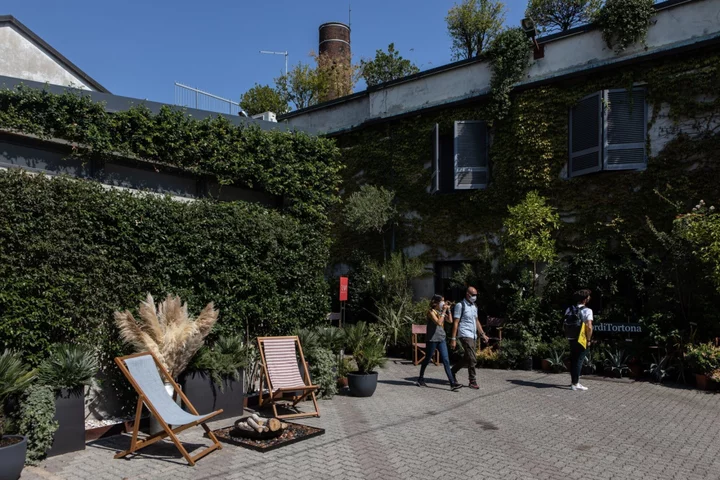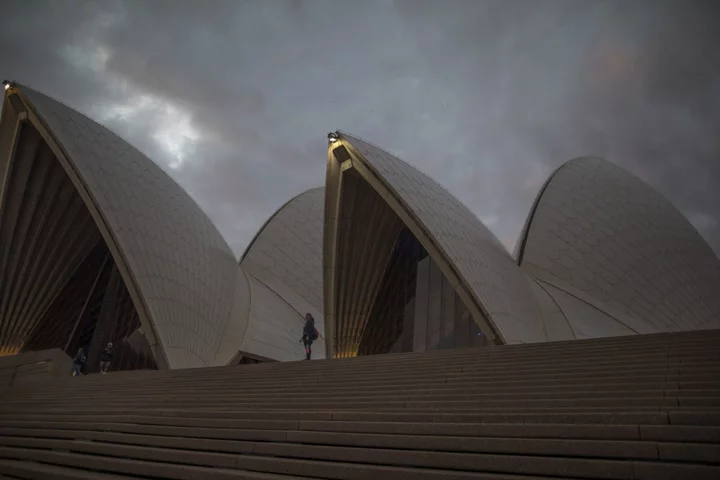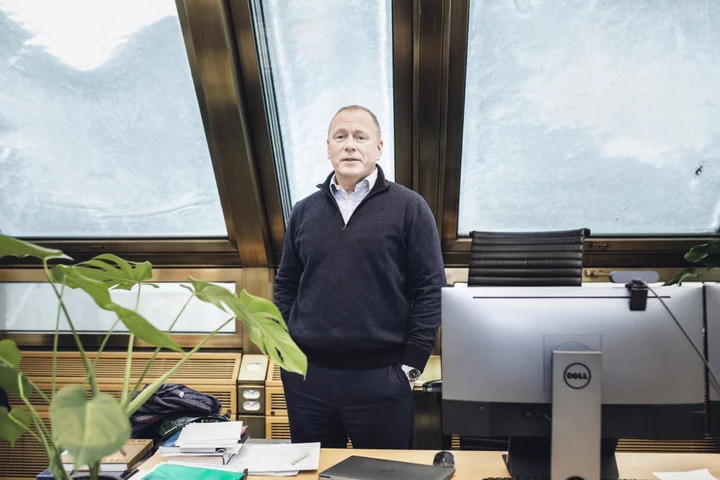The cooler parts of the northern hemisphere are getting hotter. Europe is the world’s fastest-warming continent, and Canada is warming twice as fast as the rest of the world — a trend driven by both regions’ northernmost extremes. That means millions of people live in homes built for weather that no longer exists.
The implications could be deadly. In 2003, a heat wave in Europe killed at least 70,000 people, and last year record-breaking temperatures caused an estimated 61,672 heat-related deaths across 35 countries in the region. The risks are particularly acute for people who spend a lot of time indoors — Europeans and North Americans spend about 90% of their time inside — and for people unaccustomed to keeping their homes cool. Across Europe, less than 10% of people have air conditioners at home; while upping that percentage will help with the heat, AC also adds carbon emissions and strains power grids.
That leaves organic solutions, like those common in places with experience building for extreme heat. “We can definitely learn lessons from countries that have been facing hot summers for several years,” says Giorgos Petrou, a research fellow in building physics and urban modeling at University College London.
Of course, it’s not feasible to simply import Morocco’s iconic courtyards or Seville’s narrow streets to northern climes. But it is possible to incorporate elements of those concepts. As summer heat waves bake cities from Boston to Berlin, here are four ideas for adaptive design.
The Moroccan riad
The heat caused by direct sunlight on walls and windows is known as “solar gain,” a label that can feel misleadingly upbeat during periods of high temperatures. To minimize solar gain and keep a space cool, southern European towns and cities have small, windy streets that maximize breeze and shade. In places such as China, India and north Africa, courtyards are also used to create enclosed, cool areas.
Adding water accentuates this effect. In Morocco, riads incorporate a fountain or pool in a central courtyard, which cools the surrounding building. It’s not just for ambiance: In a climate where temperatures routinely reach 40C (104F) in the summer, courtyards are also crucial for safety. Studies have shown that the riad design creates a more comfortable microclimate due to the circulation of air over water — hot air passing over water loses its heat to the liquid, creating a cooling effect — and the use of shade and greenery.
Mopping floors and wetting outdoor patio areas likewise promotes cooling inside and out, says British TV presenter and designer Kevin McCloud. At his own home, McCloud is planning to add an outdoor pond with vents beside it that capture cool air and send it into the house.
“What I’m hoping will happen is that by opening the vent at the top of the building in summer, it will suck in air through vents at the bottom, over the pond. It will be cooler, hopefully, than the internal temperature,” McCloud says. A small clay pot filled with water and left on a windowsill can have a similar effect.
The shuttered Spanish villa
The best method for keeping a building cool is to stop heat from reaching it in the first place, says Anna Mavrogianni, a professor of sustainable, healthy and equitable built environment at the Institute for Environmental Design and Engineering at UCL. “External shading, such as shutters or overhangs, are generally found to be more effective than internal shading,” she says.
Petrou says external shutters are “a common feature in hot countries [on] pretty much every home.” One of his studies found that London could reduce heat mortality during future summers by 38% to 73% with external shutters, depending on how widely they were installed and how much warmer it gets. Hotter countries also use overhangs like awnings and balconies to block sunlight, and walls and roofs painted in light colors to reduce heat absorption.
Shutters aren’t always possible to install, especially if windows are particularly large or if they open outwards. In that case, blinds and curtains are the next best thing. Shading for large windows and conservatories has long been in demand to keep homes warm in winter, says Amy Joyce, senior marketing executive at UK-based Appeal Home Shading, but nowadays customers are also looking for cooling in the summer.
“With the older houses, it’s keeping heat in, but with these new builds, they are so well-made and so well-insulated it’s [about] trying to keep things cool,” she says. “Summer is our season. Especially with people working from home — a lot of home offices, reducing temperatures in those has become huge.” One of the company’s most popular products is a French pinoleum blind made from reeds, used to shade sunrooms and windows.
Using blinds properly is also key, says Zoe de Grussa, a consultant at the British Blinds and Shutters Association. “In the morning I have all my blinds and shutters closed on the east facade, and once the sun goes round onto the west, I swap it round, so I’m still getting daylight in from one side of the house.”
The Iranian windcatcher
There are a number of traditional methods for essentially using natural air movement to send cool air into warm spaces. In the Middle East, wind catchers — towers that incorporate a gap or “wind scoop” to suck cool air into the building — are often combined with water to create a more powerful cooling effect.
In European homes, problems often arise when all the windows point in one direction and roofs and walls are tightly sealed and insulated. Without constructing a wind tower, homeowners and designers can create similar airflow in a low-impact way by being judicious with their window and doors.
“Closing the windows during peak external temperatures and opening them later in the day when it’s cooler, and enabling cross ventilation if possible” can help reduce indoor temperatures, says Mavrogianni.
To be sure, security concerns can make it difficult for people to feel comfortable leaving doors and windows wide open. That’s another benefit of shutters, which can be used to maintain a breeze at night without leaving a home exposed to the outside world.
The Ivy-covered Italian house
It only takes one barefoot step on a driveway in summer to know just how hot tarmac can get. By contrast, keeping an area green limits the most extreme heat through both shade and evapotranspiration — the process by which water drawn from a plant’s roots evaporates into the air and cools the surrounding area. This also reduces the “urban heat island” effect, in which buildings and other infrastructure cause cities to warm more than rural areas.
One 2004 study of a Toronto neighborhood found that trees could reduce annual energy use by 30%. Air conditioners, on the other hand, contribute to the urban heat island effect, dumping hot air outside buildings as they cool down the inside.
In the Mediterranean, shade trees and climbing plants like wisteria are frequently used to cool down buildings. Research carried out by the UK’s nonprofit Royal Horticultural Society suggests that ivy is the best plant for cooling, though all types of climbing plants will do the trick.
Such plants can help keep a building warm in winter, too, says Tijana Blanusa, principal horticultural scientist at the RHS, who led the research. “When you have this layer of natural insulation around the building, in summers you have cooling of the building, and in winters you have insulation.”
Read Next: Four Home Designs for Climate Resiliency









